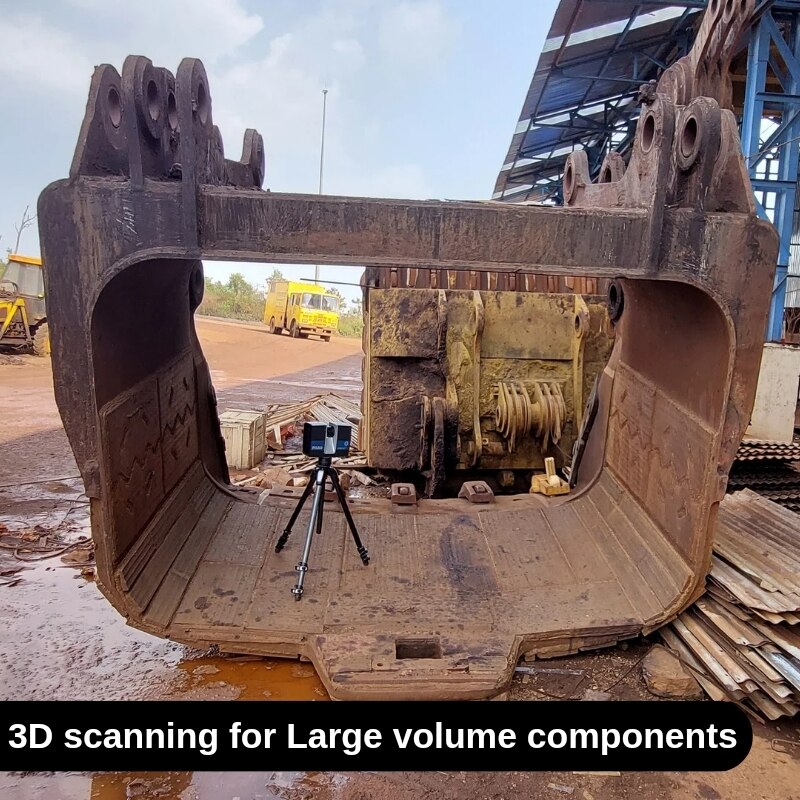Description
Product details
3D Scanning for Large Industrial Components 3D scanning technology provides a highly efficient and accurate solution for inspecting, measuring, and reverse engineering large industrial components. It is widely adopted in industries such as aerospace, automotive, energy, heavy equipment, and shipbuilding. This innovative approach simplifies capturing intricate geometries and accelerates workflows, offering advantages over traditional measurement techniques. ================================================ Benefits of 3D Scanning for Large Components 1. High Precision: Scanners capture accurate geometries of large components, from intricate details to complex organic shapes, reducing reliance on manual or traditional tools like calipers and coordinate measuring machines (CMM). 2. Enhanced Efficiency: Digital workflows streamline reverse engineering, quality control, and prototyping by generating CAD models directly from scanned data. 3. Scalability: 3D scanning technologies adapt to a variety of sizes and shapes, from small mechanical parts to massive structures such as turbines or hulls. ================================================ Key Technologies Laser Scanners: Suitable for capturing organic geometries and high-detail surfaces. Handheld and Arm Scanners: Flexible for on-site use, especially for inspecting hard-to-reach areas. Point Cloud to CAD Conversion: Software processes scanned data into 3D models for manufacturing and design analysis. ================================================ Practical Applications Energy Sector: * Scanning wind turbine blades for aerodynamic optimization. * Inspecting large generators or power plant components to identify wear and damage. Aerospace Industry: * Inspecting large aircraft fuselages and structural components for design validation. * Reverse engineering aerospace parts for which CAD files are unavailable. Heavy Machinery: * Reverse engineering parts of construction equipment like excavators and cranes. * Creating digital replicas of discontinued components for maintenance. Shipbuilding and Marine: * Capturing the shape and details of ship hulls for performance optimization. * Inspecting large marine components like propellers and rudders. Automotive: * Scanning entire car chassis for structural analysis. * Designing custom or replacement automotive parts. Oil & Gas: * Inspecting pipelines and drilling equipment for potential wear or damage. * Creating digital twins of large industrial rigs for simulation purposes. Manufacturing Plants: * Scanning assembly lines to optimize factory layout and operational efficiency. * Reverse engineering molds and dies for production equipment. * 3D scanning for large components * Laser scanning technology * Reverse engineering * Industrial metrology * CAD models * Quality control inspections * Digital workflows * Industrial component analysis 1. "Streamline your operations with precise 3D scanning solutions for large industrial components – from turbines to ship hulls." 2. "Accelerate reverse engineering and quality control with advanced 3D metrology for oversized industrial parts." 3. "Discover how 3D scanning enhances manufacturing accuracy for industries like aerospace, energy, and heavy equipment."





